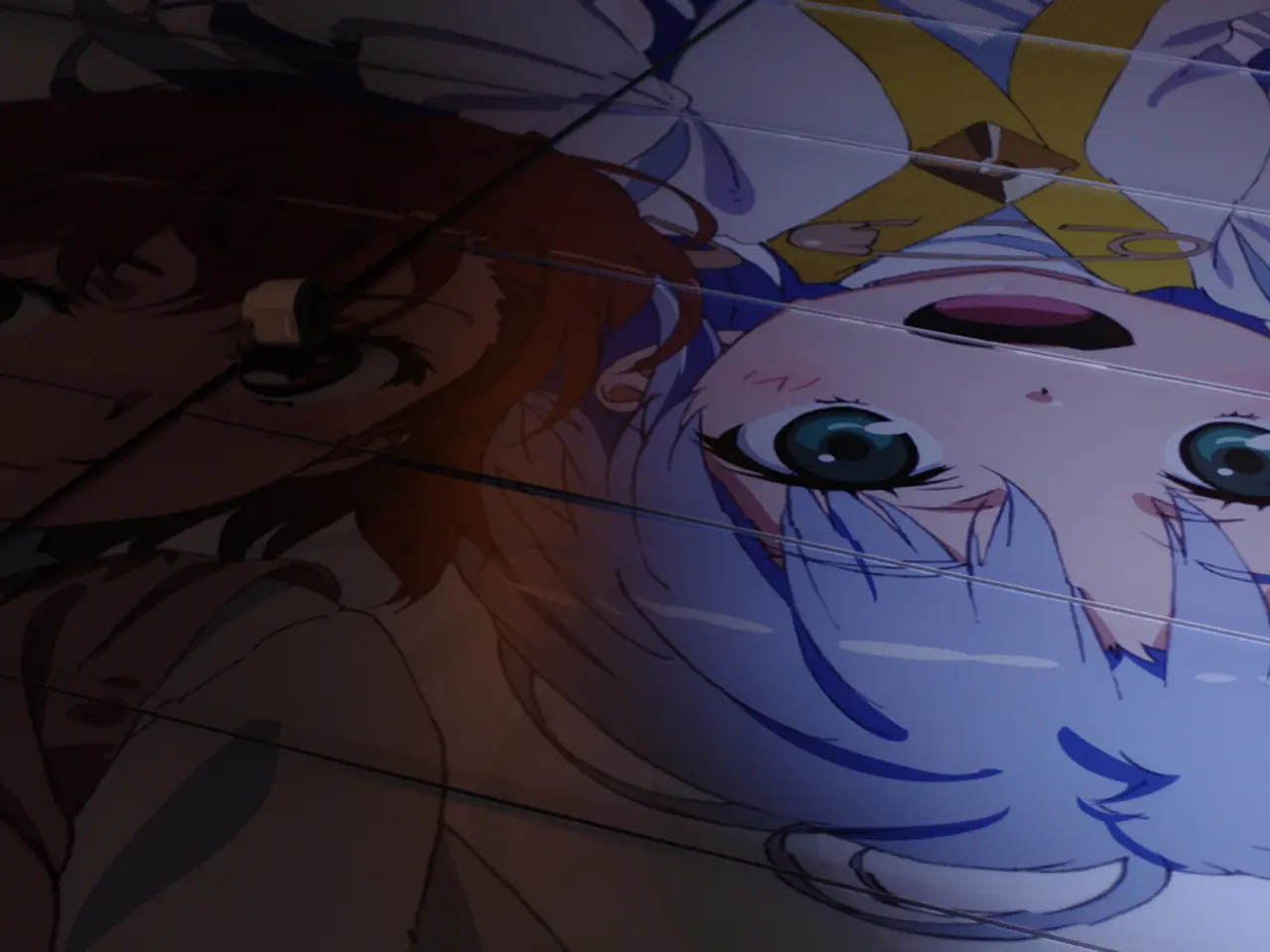Intense Scenes in Anime Series: Is Their Excitement Unrivaled?
Anime action sequences are renowned for their intensity, emotional depth, and visual spectacle. Crafting these heart-pounding moments involves a combination of artistic, technical, and narrative techniques. Here are the key methods employed:
## Kinetic Animation and Choreography
Animators use fluid, exaggerated movements to convey speed, agility, and impact. This is often referred to as "sakuga" animation, where sequences are highlighted for their exceptional motion quality, making fights feel more visceral and immersive. Legendary animators, such as Mitsuo Iso, create a sense of realistic weight in mechanical or large-scale fights. For example, in *The End of Evangelion*, every movement of the Evas feels colossal, with the environment reacting realistically to their actions—debris flies, the ground cracks, and armor shatters, enhancing the sense of scale and destruction. Some animators develop unique styles—such as Iso’s hyper-realistic, almost rotoscope-like animation—to make action scenes stand out and feel more tactile.
## Visual and Auditory Effects
Complex backgrounds, explosive effects, and detailed destruction (such as blood, sparks, and debris) add layers of realism and chaos to the scene. Foley artists and sound engineers meticulously add effects like sword clashes, footsteps, and ambient noises. The right sound can make a punch feel heavier or a blade sharper, increasing tension and immersion. Composers craft dramatic, fast-paced soundtracks that sync with the action, heightening emotion and pacing. Iconic composers like Hiroyuki Sawano are known for creating memorable battle themes that become synonymous with intensity.
## Narrative and Emotional Stakes
Writers and directors set up scenarios where characters are under extreme pressure—limited time, overwhelming odds, or personal stakes—to increase tension. For example, Asuka’s fight in *The End of Evangelion* is gripping because she has only minutes before her Eva shuts down, facing multiple enemies. The emotional state and personality of characters are reflected in their fighting styles. A troubled hero might fight recklessly, while a calm assassin strikes with precision, making each battle feel personal and meaningful. Unique fighting styles, such as knife fights with acrobatic maneuvers or supernatural abilities, keep action fresh and visually striking.
## Technical Innovation
Modern anime blend 2D and 3D animation seamlessly, especially for complex elements like mechs or giant creatures. *Attack on Titan*, for example, uses 3D CGI for the Colossal Titan to achieve a sense of scale and realism difficult to replicate in traditional 2D. Emerging tools use AI to generate fluid fight choreography, automate motion, and compose scenes, allowing for rapid prototyping of action sequences with customizable styles and flair.
## Post-Production Polish
Editors compile animated scenes, ensuring smooth transitions and tight pacing. They adjust timing to match the script and emotional beats, keeping the viewer engaged. Voice actors deliver intense performances, often recording before animation to guide the emotional tone. International dubs adapt scripts for cultural resonance, maintaining the scene’s intensity across languages.
Anime’s heart-pounding action is the result of meticulous artistry, technical innovation, and narrative craftsmanship—blending animation, sound, story, and character into unforgettable spectacles.
In the realm of gaming, technology plays a crucial role in creating realistic and immersive experiences, similar to anime. Advanced graphics engines facilitate fluid, exaggerated movements, enhancing the feeling of speed and impact, much like the sakuga animation technique in anime.
Entertainment, particularly sports, thrives on a balance between technical prowess and emotional engagement. For example, the intensity of a tense basketball game parallels the emotional depth found in anime's action sequences, with each player's unique style contributing to the overall drama.




